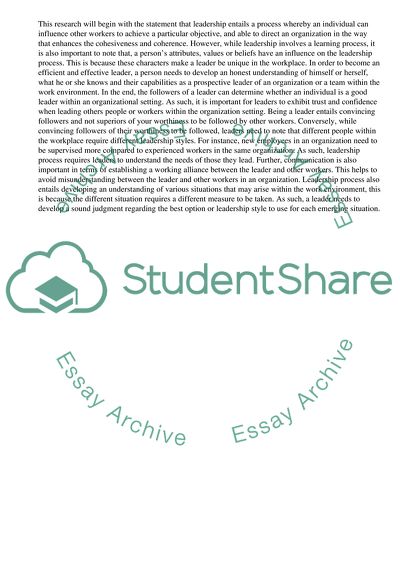Cite this document
(“The Concept and Process of Leadership Essay Example | Topics and Well Written Essays - 2000 words”, n.d.)
The Concept and Process of Leadership Essay Example | Topics and Well Written Essays - 2000 words. Retrieved from https://studentshare.org/management/1654869-organizational-leadership
The Concept and Process of Leadership Essay Example | Topics and Well Written Essays - 2000 words. Retrieved from https://studentshare.org/management/1654869-organizational-leadership
(The Concept and Process of Leadership Essay Example | Topics and Well Written Essays - 2000 Words)
The Concept and Process of Leadership Essay Example | Topics and Well Written Essays - 2000 Words. https://studentshare.org/management/1654869-organizational-leadership.
The Concept and Process of Leadership Essay Example | Topics and Well Written Essays - 2000 Words. https://studentshare.org/management/1654869-organizational-leadership.
“The Concept and Process of Leadership Essay Example | Topics and Well Written Essays - 2000 Words”, n.d. https://studentshare.org/management/1654869-organizational-leadership.


